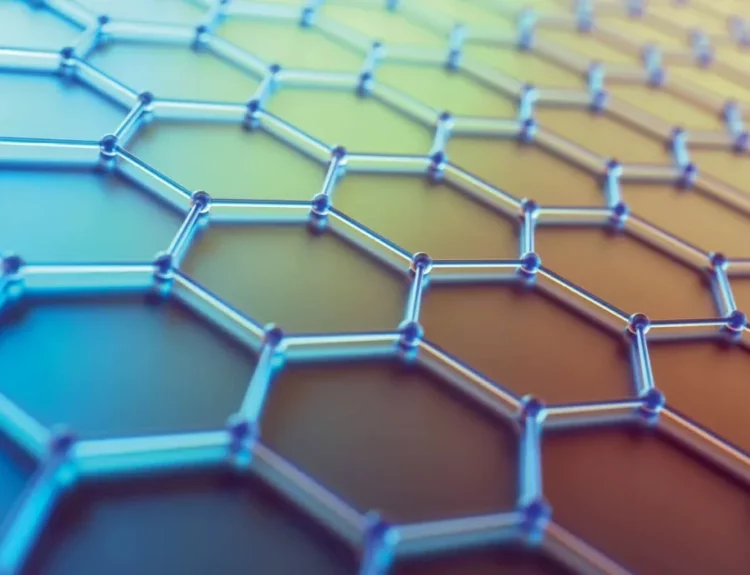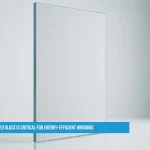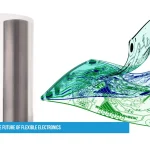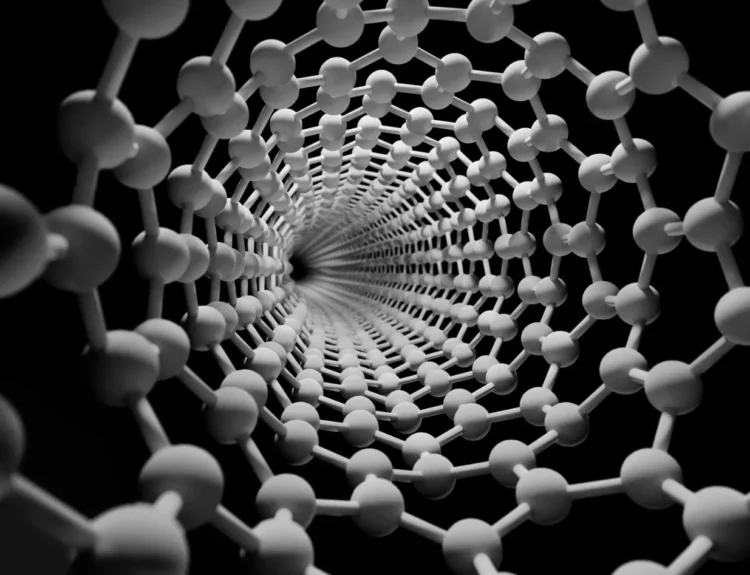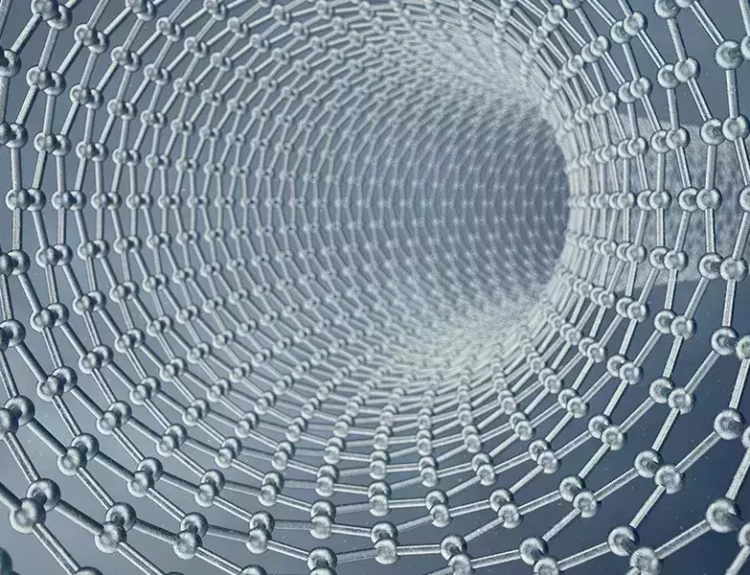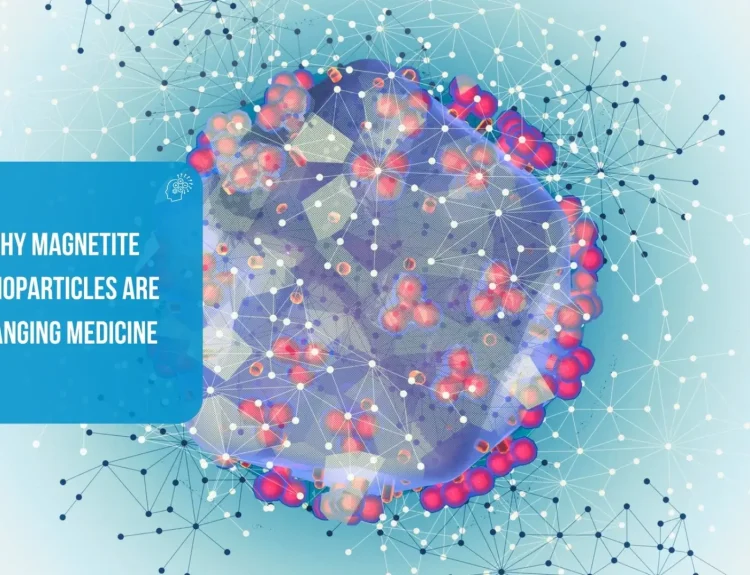Carbon nanotubes are like tiny, super-strong straws made of carbon atoms. Among them, single-walled carbon nanotubes (SWCNTs) are the thinnest and most special. They have exceptional properties that could change technology, medicine, and even space travel. But what exactly are they, and how are they made? Let’s break it down in simple terms.
What Are SWCNTs ( Single Walled Carbon Nanotube )?
Imagine rolling up a single sheet of graphene (a one-atom-thick layer of carbon) into a perfect tube. That’s an SWCNT—just one layer of carbon atoms arranged in a honeycomb pattern.
- Diameter: About 1 nanometer (50,000 times thinner than a human hair!).
- Length: Can be millimeters or even centimeters long.
- Structure: Like a rolled-up chicken wire, but at the atomic level.
Why Are SWCNTs So Special?
These tiny tubes have unbelievable properties:
Super Strong
- 200 times stronger than steel (but much lighter).
- It could be used in bulletproof vests, space elevators, or ultra-light airplanes.
Amazing Conductors
- Carry electricity better than copper (great for tiny, fast electronics).
- Can be metallic or semiconducting, depending on how they’re rolled.
- Super Light & Flexible
- Can bend without breaking, useful for flexible screens and wearable tech.
Great Heat Conductors
- Cool electronics faster than traditional metals.
How Are SWCNTs Made?
Making perfect SWCNTs is tricky, but scientists use three primary methods:
- Chemical Vapor Deposition (CVD) – The Most Common Method
- A carbon-rich gas (like methane) is heated until it breaks apart.
- Carbon atoms stick to a metal catalyst (like iron or nickel) and form nanotubes.
Pros: Can make long, high-quality SWCNTs.
Cons: Needs careful temperature control.
Arc Discharge – The Old-School Method
A high-voltage electric arc vaporizes carbon (like lightning hitting graphite).
The vapor condenses into nanotubes.
Pros: Simple setup.
Cons: Hard to control size and purity.
Laser Ablation – High-Tech but Expensive
A powerful laser blasts a carbon target, vaporizing it into nanotubes.
Pros: Makes very pure SWCNTs.
Cons: It costs a lot of energy.
Where Could SWCNTs Be Used
- Electronics: Faster, smaller computer chips.
- Batteries: Longer-lasting, quick-charging batteries.
- Medicine: Tiny drug-delivery robots inside the body.
- Space: Stronger, lighter materials for rockets.
- The Big Challenge: Mass Production
Currently, SWCNTs are expensive and difficult to produce in large quantities without defects. Scientists are working on cheaper, cleaner ways to make them.
Conclusion
Single Walled Carbon Nanotubes (SWCNTs) are like the superheroes of nanomaterials—stronger than steel, better conductors than copper, and lighter than plastic. While we’re still figuring out how to make them ideally, they could revolutionize technology in the future.
